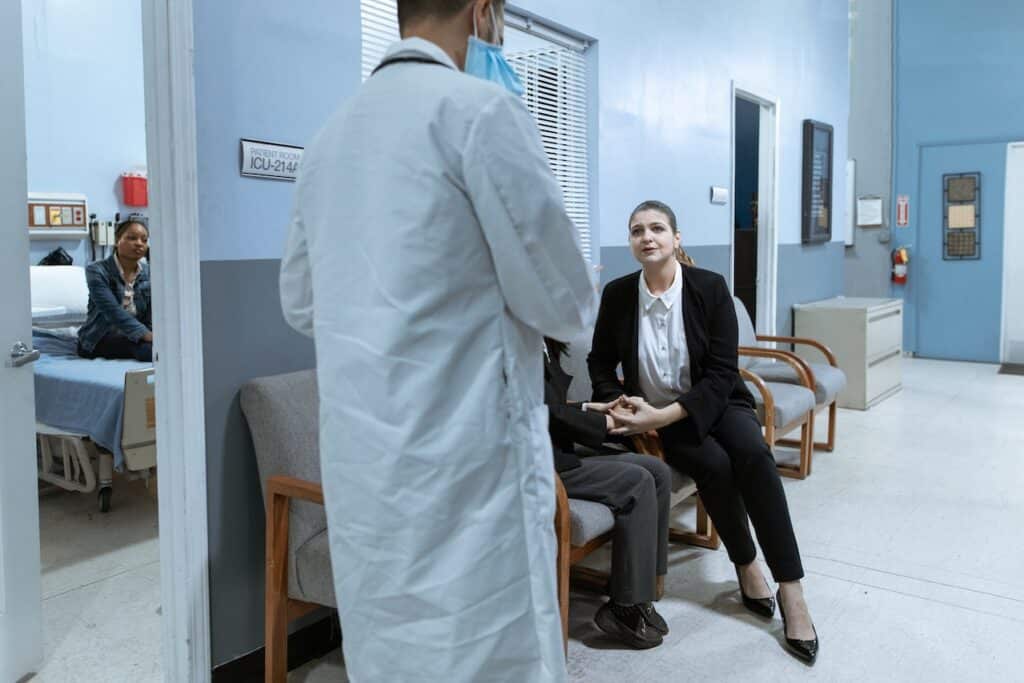
Sexually transmitted infections? STIs? such as chlamydia, gonorrhea and syphilis increased between 2020 and 2021, reaching a total of more than 2.5 million reported cases, according to the latest surveillance data from the Centers for Disease Control and Prevention -CDCThe company is a leading provider of
To reverse this trend, the CDC has called for more groups from the local, health, industrial, and public health sectors to contribute to STI prevention and innovation efforts.
The new report provides final surveillance data for 2021 and shows that, overall, in a single year -- 2020-2021 -- gonorrhea rates rose more than 4 percent, while syphilis rates rose nearly 32 percent in the United States. combined stages of infection.
Among the syphilis data, congenital syphilis cases increased by an alarming 32 percent, resulting in 220 fetal or infant deaths at birth, in addition to infant deaths.
Chlamydia rates have risen nearly 4 percent, but unlike gonorrhea and syphilis, they have yet to return to pre-pandemic levels.
Such numbers have raised concerns that detection continued to suffer from COVID-19-related disruptions in the second year of the pandemic, because the infection is often asymptomatic.
“The STI epidemic in the US shows no signs of slowing down. The reasons for the continued increases are multifaceted, as are the solutions. For the first time in decades, we are seeing promising new STI interventions on the horizon, but these alone will not solve this epidemic," said Dr. Leandro Mena, director of CDC's Division of STD Prevention.
Although STIs are common in all regions of the US and among all groups, some communities are especially affected.
Data from 2021 shows that STIs continue to disproportionately affect gay and bisexual men, as well as younger people. In addition, a disproportionate number of cases were diagnosed among African Americans/African Americans and American Indians/Alaska Natives, groups more likely to face social conditions that make it harder to stay healthy.
"The nation must deepen its commitment to reversing the STI epidemic and prioritize both the increased participation of multisectoral groups and programs and the creation of innovative prevention approaches and promising new tools," the CDC said in a statement.
This, they specified, means rebuilding, maintaining and expanding local public health services, especially efforts to offer STI testing and treatment programs that respond to the needs of those most affected.
Also, making STI testing and treatment more accessible, including by developing and approving rapid tests and point-of-care self-assessments, and expanding ownership of STI testing and treatment to more organizations and environments.
Similarly, they explained that scientific research should continue to advance and explore new interventions, such as vaccines or post-exposure prophylaxis strategies ?PEP? to prevent bacterial STIs.
“It will take many of us working together to effectively use existing and new tools, to increase access to quality sexual health services for more people, and to foster continued innovation and prioritization of sexuality prevention and treatment. STIs in this country," Mena pointed out.
You may be interested in: San Mateo County eliminates the use of masks in health care facilities


